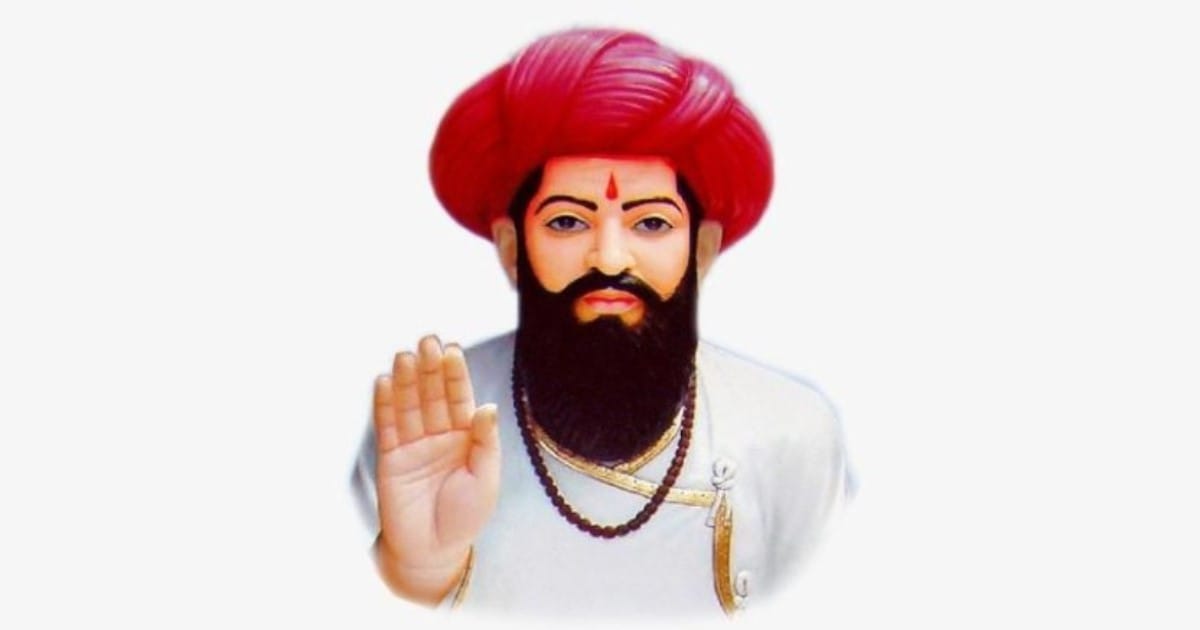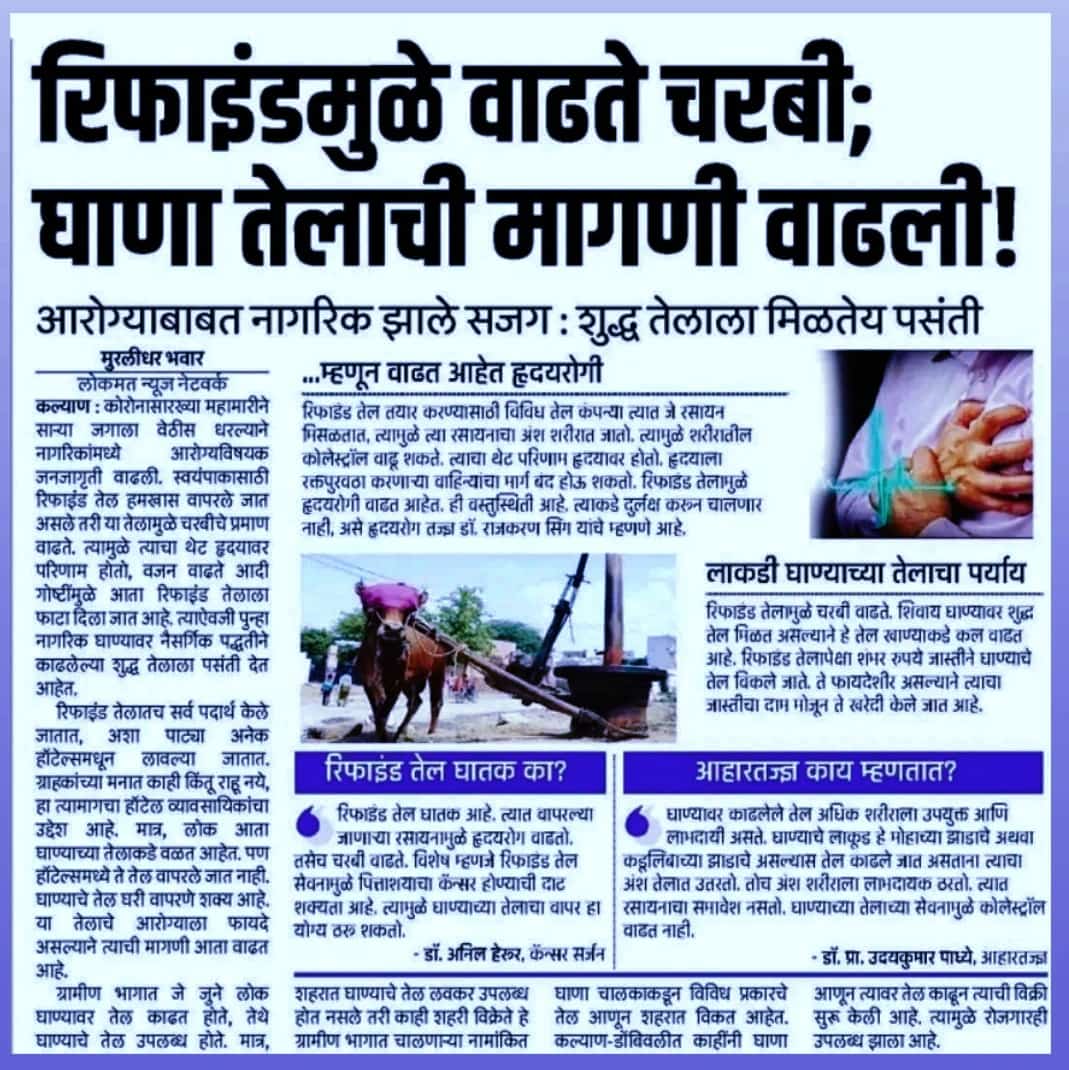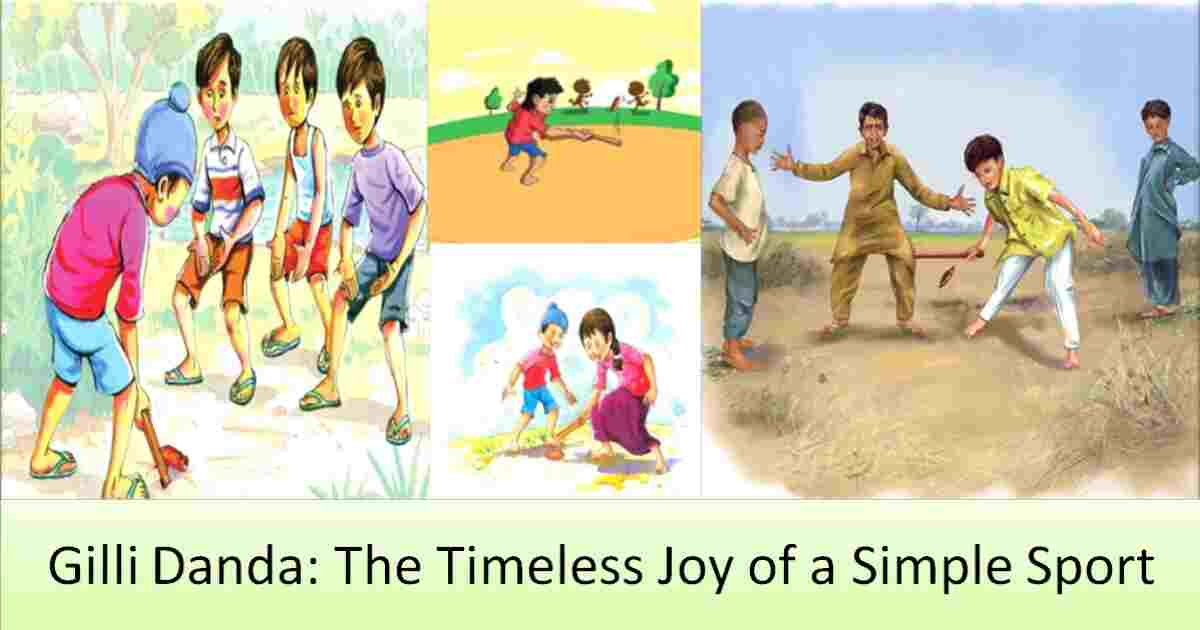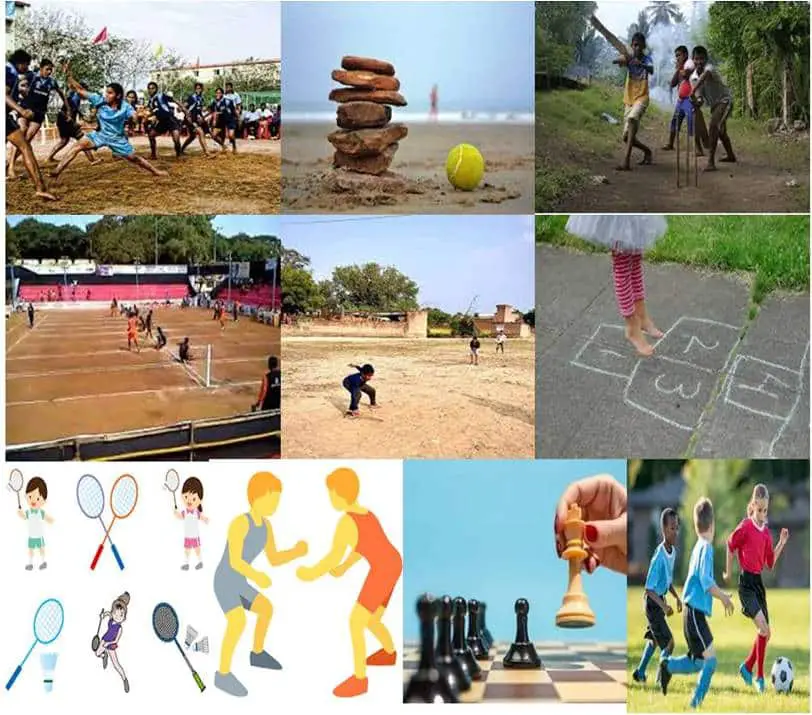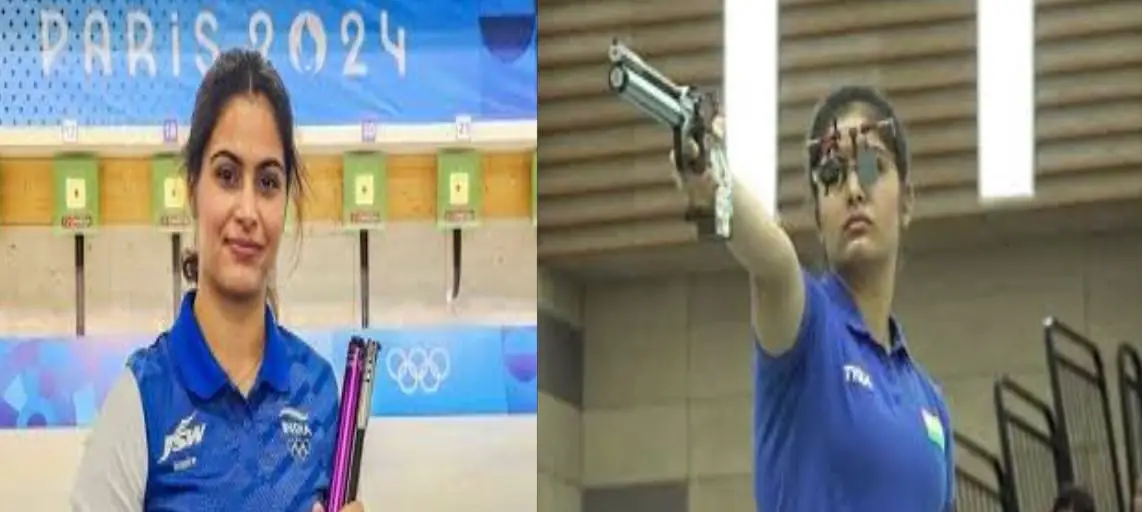Gilli Danda: It is a game that has transcended generations, is a testament to the enduring appeal of simplicity and joy. This traditional sport, deeply rooted in the cultural fabric of South Asia, exemplifies the essence of childhood nostalgia and community spirit. In an age where digital entertainment dominates, the game serves as a reminder of the timeless joy found in simple, outdoor play.
History of Gilli Danda
The origins of Gilli Danda are as ancient as civilization itself. References to similar games can be found in ancient texts and artifacts from South Asia. Over centuries, this sport has evolved, adapting to the changing landscapes and cultures, yet retaining its core elements that make it a beloved pastime.
The Essence of Gilli Danda
At its core, Gilli Danda is a straightforward game requiring minimal equipment a gilli (a small stick) and a danda (a larger stick). The simplicity of the rules and the ease of setting up make it accessible to children and adults alike, fostering a spirit of inclusivity and fun.
It is more than just a game; it’s a cultural artifact. It appears in folklore, literature, and songs, symbolizing the joys of rural life and childhood. In many communities, playing Gilli Danda is a cherished tradition that brings people together, reinforcing social bonds.
How to Play Gilli Danda
To play this game, you need an open space and two sticks. The gilli, typically about 3-4 inches long, is tapered at both ends, while the danda is around 2-3 feet in length. A small hole is dug in the ground to place the gilli.
The game can be played individually or in teams. The player uses the danda to flick the gilli into the air and then hits it as far as possible. The opposing players attempt to catch the gilli or stop it from traveling too far.
Points are scored based on the distance the gilli travels after being hit. The player earns points for each successful hit, and the game continues until a predetermined score is reached.
Gilli Danda Around the World
While it is predominantly known in South Asia, variations of this game exist globally. In England, a similar game called “Tip-cat” was popular, while in the Philippines, it is known as “Syatong.” These regional variations highlight the universal appeal of simple stick-and-ball games.
Health Benefits of Playing Gilli Danda
It involves a lot of running, bending, and coordination, providing a full-body workout. It enhances physical fitness, agility, and hand-eye coordination.
The game also offers mental health benefits. It encourages strategic thinking, sharpens focus, and reduces stress through physical activity and social interaction.
In recent years, there has been a resurgence of interest in this game. Efforts to revive traditional sports have led to increased media coverage and organized events, bringing this simple game back into the spotlight.
Challenges Facing Gilli Danda
Urbanization and Lifestyle Changes
The rapid urbanization and shift towards sedentary lifestyles pose significant challenges to the popularity of this game. Lack of open spaces and the allure of digital entertainment are major obstacles.
Competition with Modern Sports
Modern sports, with their glamour and commercialization, often overshadow traditional games like Gilli Danda. However, efforts to integrate these games into school curriculums and community events can help preserve them.
Digital Adaptations and Games
The digital age has also seen the creation of online Gilli Danda games, introducing the sport to a global audience. These digital adaptations help keep the game alive among younger generations.
Using Social Media for Promotion
Social media platforms play a crucial role in promoting of this game. Sharing videos, organizing online challenges, and engaging with communities help spread awareness and interest in the game.
Gilli Danda Tournaments and Events
Organizing tournaments can be a fun way to bring people together. These events can be community-driven or larger, formal competitions, celebrating the sport and encouraging participation.
How to Introduce Gilli Danda to the Next Generation
Teaching Children the Game
Introducing this game to children can be a fun and educational experience. Parents and teachers can organize small games, explaining the rules and encouraging kids to play outdoors.
Incorporating Gilli Danda in School Curriculums
Schools can incorporate into their physical education programs, promoting traditional sports alongside modern ones and fostering a sense of cultural heritage.
Personal Stories and Anecdotes
It is a game rich with personal stories and cultural anecdotes. Many people recall fond memories of playing the game in their childhood, each story adding to the collective narrative of this beloved sport.
Conclusion
Gilli Danda, with its simple rules and minimal equipment, remains a timeless sport that brings joy and fosters community spirit. Despite modern challenges, its cultural significance and health benefits ensure that it will continue to be cherished by future generations.
FAQs
What is the origin of Gilli Danda?
It originates from South Asia and has ancient roots, with similar games found in various cultures globally.
How do you play Gilli Danda?
The game involves hitting a small stick (gilli) with a larger stick (danda) and scoring points based on the distance the gilli travels.
What are the benefits of playing Gilli Danda?
It enhances physical fitness, improves mental health through strategic thinking, and fosters social interaction and teamwork.
Is Gilli Danda played worldwide?
Yes, variations of Gilli Danda are played in different countries under various names, highlighting its universal appeal.
How can I organize a Gilli Danda event?
To organize a Gilli Danda event, gather participants, find an open space, explain the rules, and create a scoring system. Promote the event through social media and community networks to attract more players.




